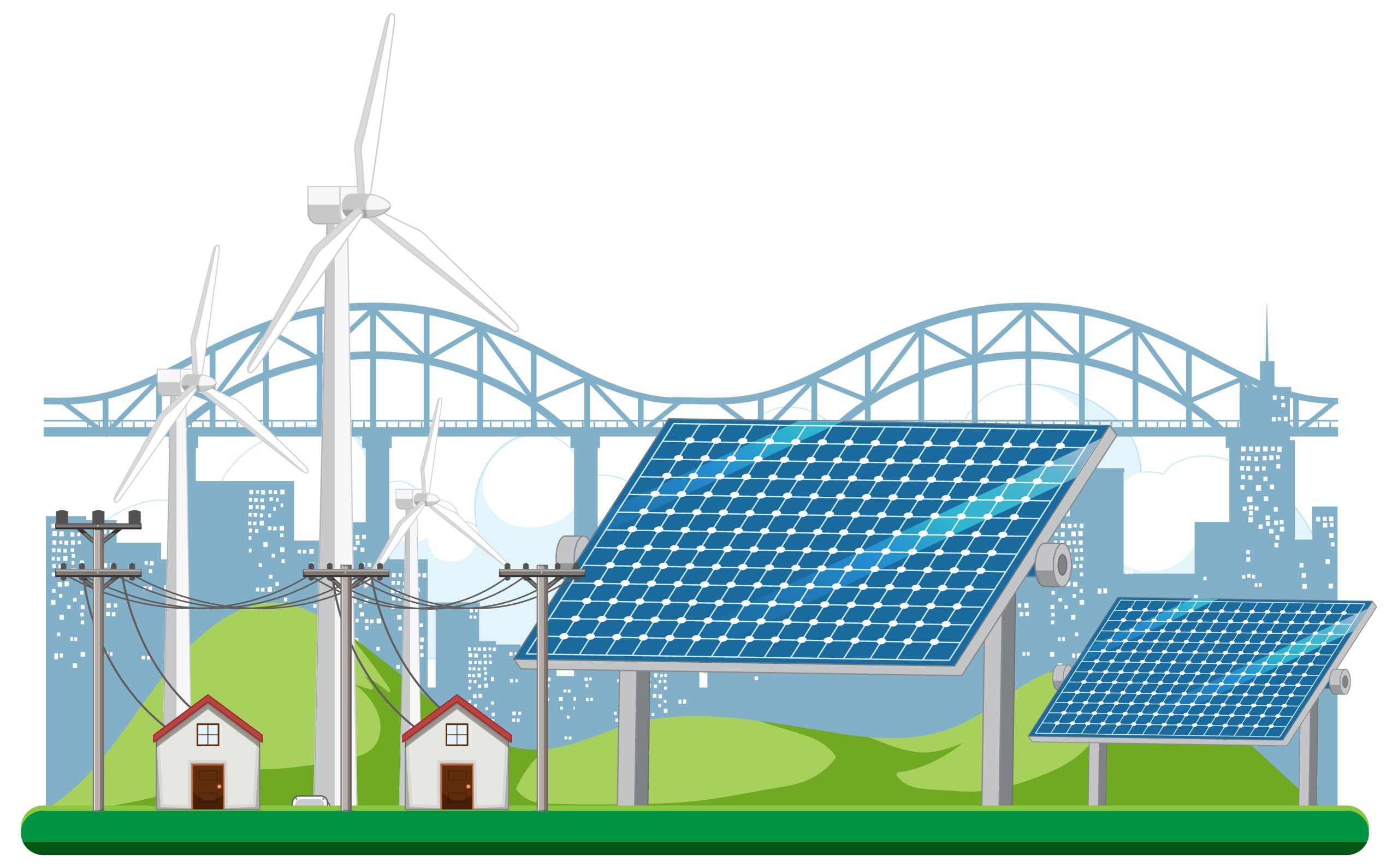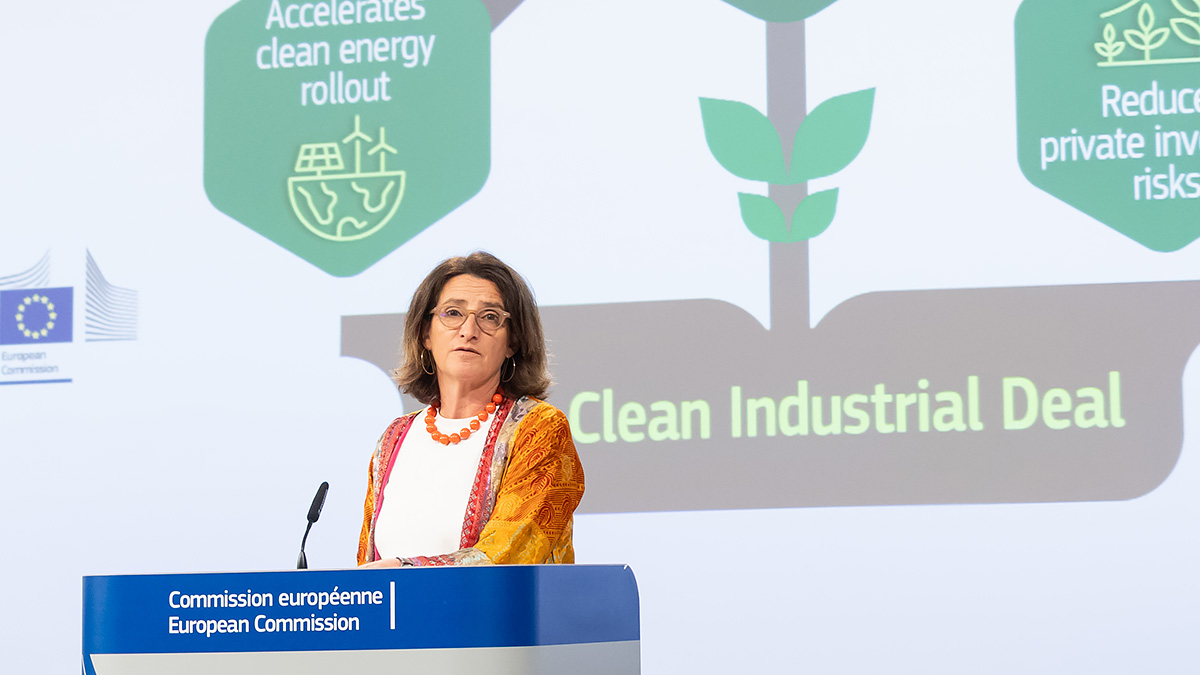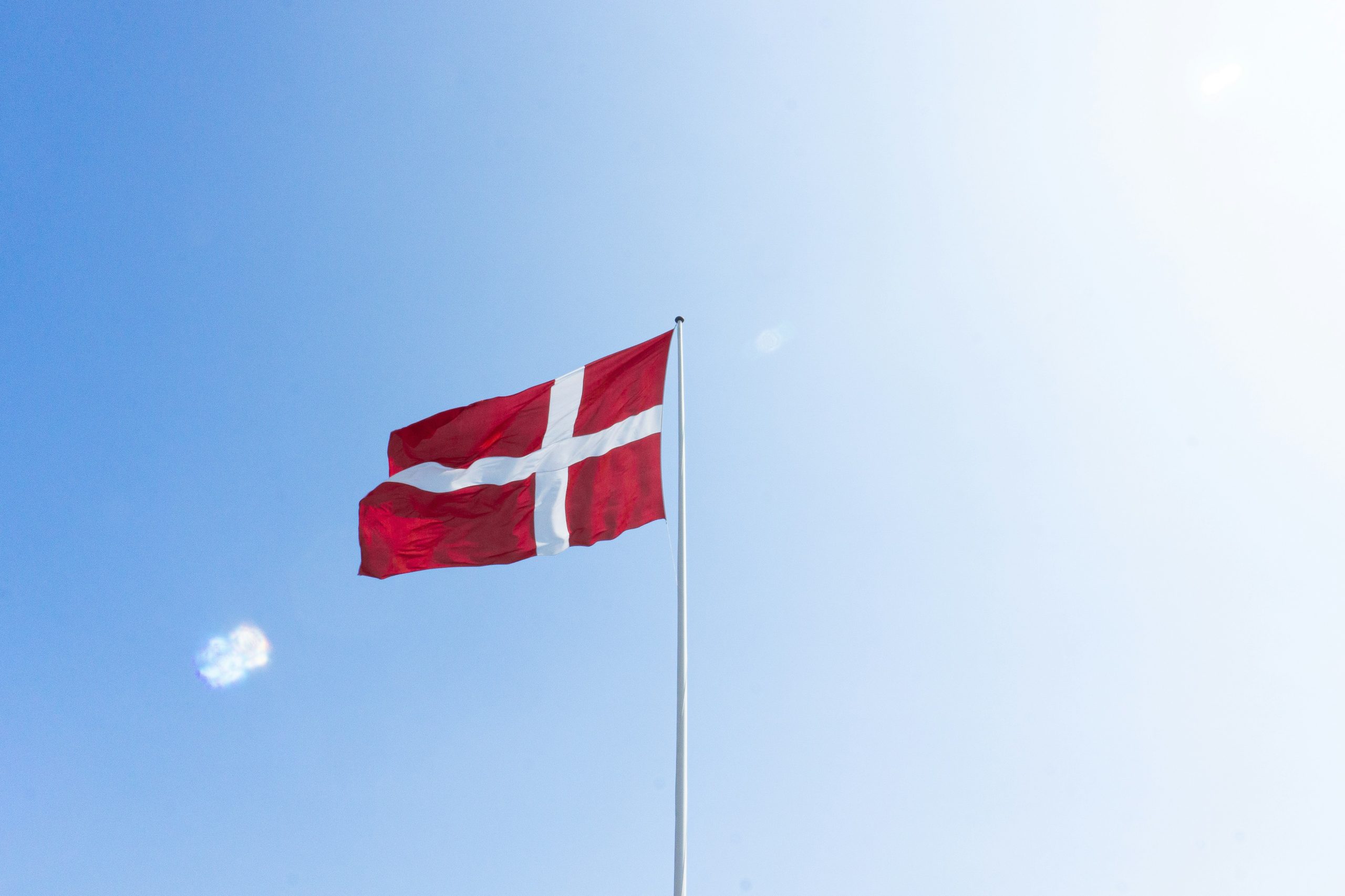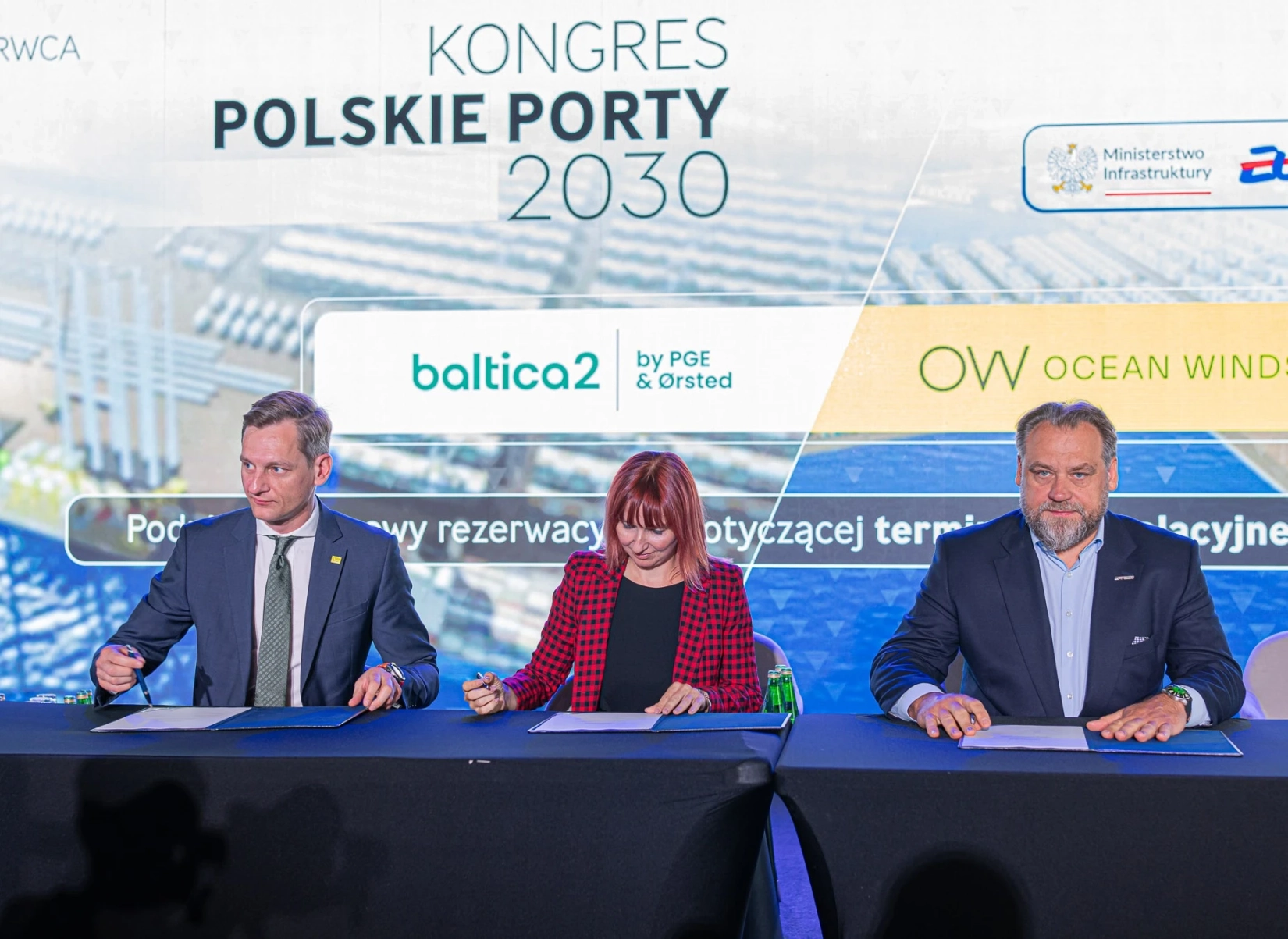The peak of the energy crisis may be over, but not the challenges to Europe’s decarbonisation and security of supply. Homegrown clean and renewable electrification remains THE answer, but higher investments and upgraded infrastructure are urgently needed to enable a tripling in electrification rates by 2050. With 6½ years until 2030, Europe must attract unprecedented investments for grid expansion, shows Eurelectric’s Power Barometer 2023.
2022 marked a significant turn for the EU energy sector according to the 2023 edition of the Power Barometer. Unveiled today in Brussels, the Barometer maps key energy sector developments based on rigorous research and multiple data sources.
After a period of historic hardship, the sector showed several positive trends. Following the unprecedented price spikes and policy interventions in 2022, gas consumption dropped by 19% and millions of consumers shifted to electric heating systems. Power prices also improved. Wholesale electricity prices have stabilised going from an average of €227 per megawatt hour in 2022 to €100 per megawatt hour this year, with retail prices following suit.
Transport electrification progressed with EVs and electric buses sales reaching 21% and 13.7% respectively. Rollout of charging infrastructure, however, is lagging behind and so are investments in electricity networks.
Eurelectric’s Secretary General Kristian Ruby said: “We need more lines, more digitalisation and more climate resilience to get our grids fit for net-zero. This requires a change in the regulatory approach. Grid operators must be allowed to make anticipatory investments so we can start preparing for higher electrification.”
Generation – a mixed picture
The deployment of new generation capacity varied strongly per technology. Whereas solar PV registered record deployment of 41 GW, wind installations were trailing both onshore and offshore due to a combination of supply chain issues, slow permitting and poor tender design.
Growing variable wind and solar generation requires an increase in firm and flexible technologies to stabilise the system. In addition to conventional plants, storage solutions should massively ramp up. Although installations have increased to 4.5 GW in 2022, around 11 to 14 GW would be needed per year to meet the future system needs.
Kristian Ruby said: “Europe needs massive electrification to get out of Putin’s grip. But with society relying more on electricity, electricity must be reliable for all.”
Source: Eurelectic













